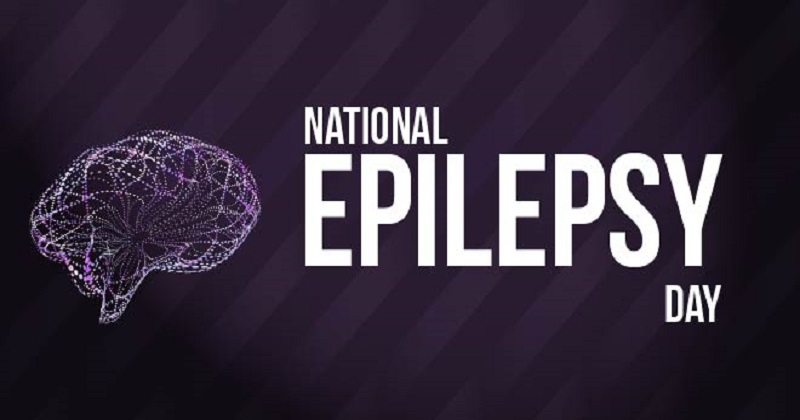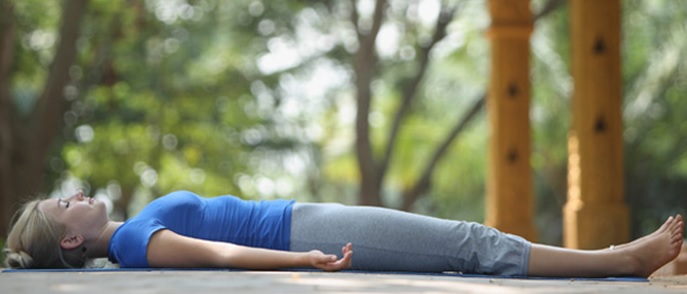
National Epilepsy Day is celebrated on November 17 and was originally observed by the Epilepsy Foundation in India to reduce the prevalence of this disease in the country. This day chiefly characterizes conducting various seminars, debates, stage events, etc. to create awareness and educate people about the causes, symptoms, diagnosis, treatment and preventive measures of epilepsy.

Epilepsy is a chronic neurological condition wherein the brain activity becomes abnormal, causing seizures or fits or periods of unusual behavior, sensations, temporary confusion, staring spell, anxiety, fear and sometimes even loss of awareness.

Epilepsy can affect any one of any age regardless of the geographical location, race, ethnicity, gender etc. Although, doctors are yet to surface the exact cause of epilepsy, several studies suggest that it can happen due to head injury, trauma, brain damage from prenatal or perinatal injury, stroke, congenital defects, infectious diseases, genetic influence, autism etc.
Effective Yogasanas For Epilepsy
1. Uttanasana (Camel Pose):

While standing, bring the feet hip-distance apart. Without bending your knees, slowly bend your body above the torso downwards. See that your knees are straight. You can allow your hands and hang down and rest your palms on the ground or just hold your feet to the ankles. Hold this position for 8-10 breaths, then slowly get back to the standing position.
2. Sarvangasana (Shoulder-Stand Pose):

Lie flat on the ground with your legs laid side-by-side and both arms resting on either side of the body. Swing your legs up in such a way so that your legs, buttocks and hip is up in the air and support your body with your elbows attached to the ground. While settling into the pose, ensure that the hold your body properly keeping your legs and spine straight. Hold the pose for 30-40 secs while breathing normally. Slowly bring down your legs back to Shavasana pose and repeat 2-3 times.
3. Matsya Asana (Fish Pose):

Lie on your back and fold your arms underneath your body. Lift your head and chest up, breathe in, and then rest the crown of the head on the ground while arching your back. Maintain the balance of your whole body using your elbows. Inhale and exhale deeply opening up the chest. Maintain this position for as long as you are comfortable.
4. Halasana (Plow Pose):

Lying on your back, raise both legs above the stomach. Bend your body and try to extend your legs above the head to touch the ground with the toes. Hold this posture for 10-15 seconds, relax for a minute and repeat again.
5. Shavasana (Corpse Pose):

Lie down on your back and close your eyes. Relax your body and mind. and think happy peaceful thoughts. Take your time while you do this. Breathe normally and do not hold your breath. After some time, stand up.

Post Your Comments